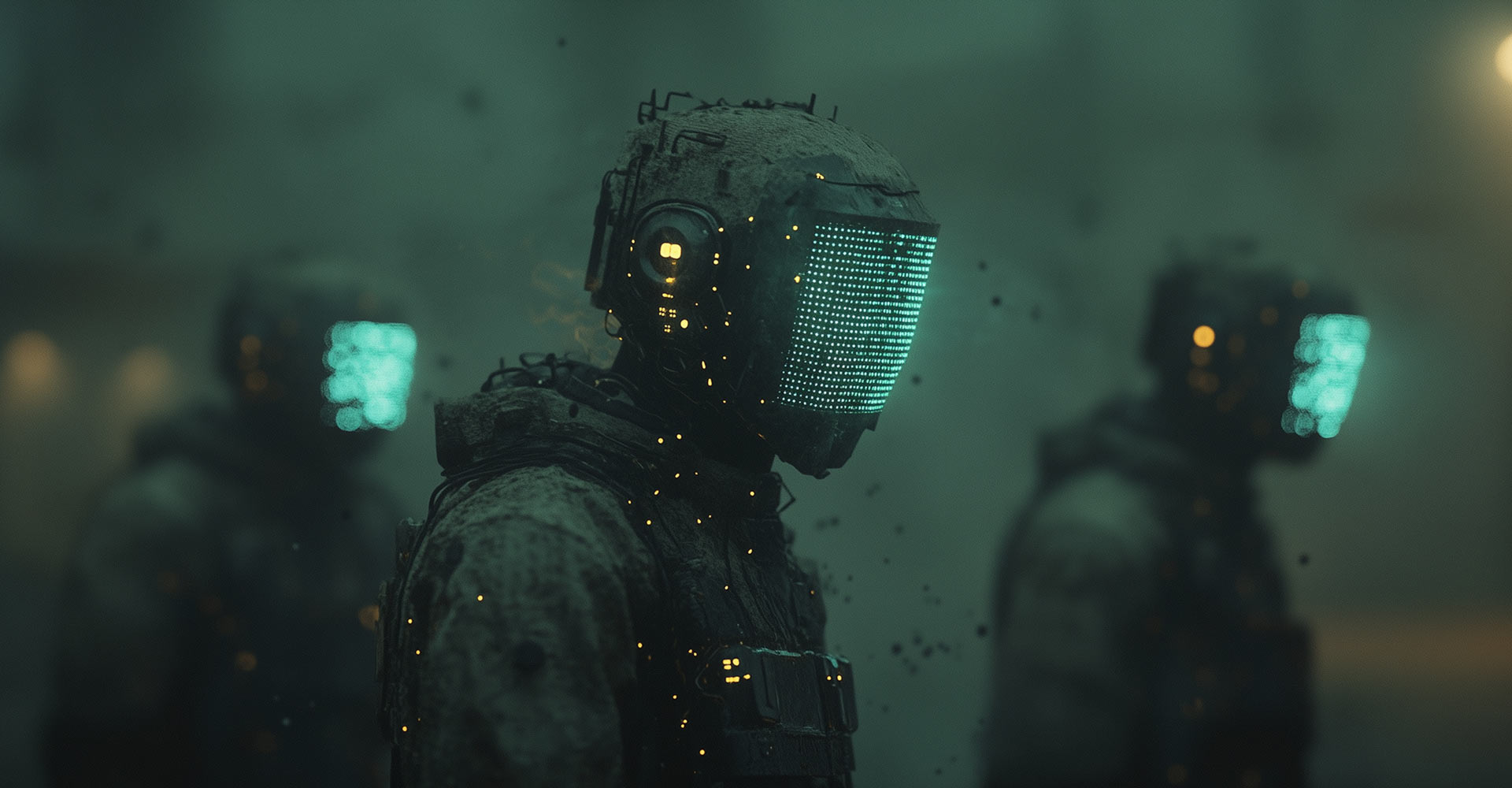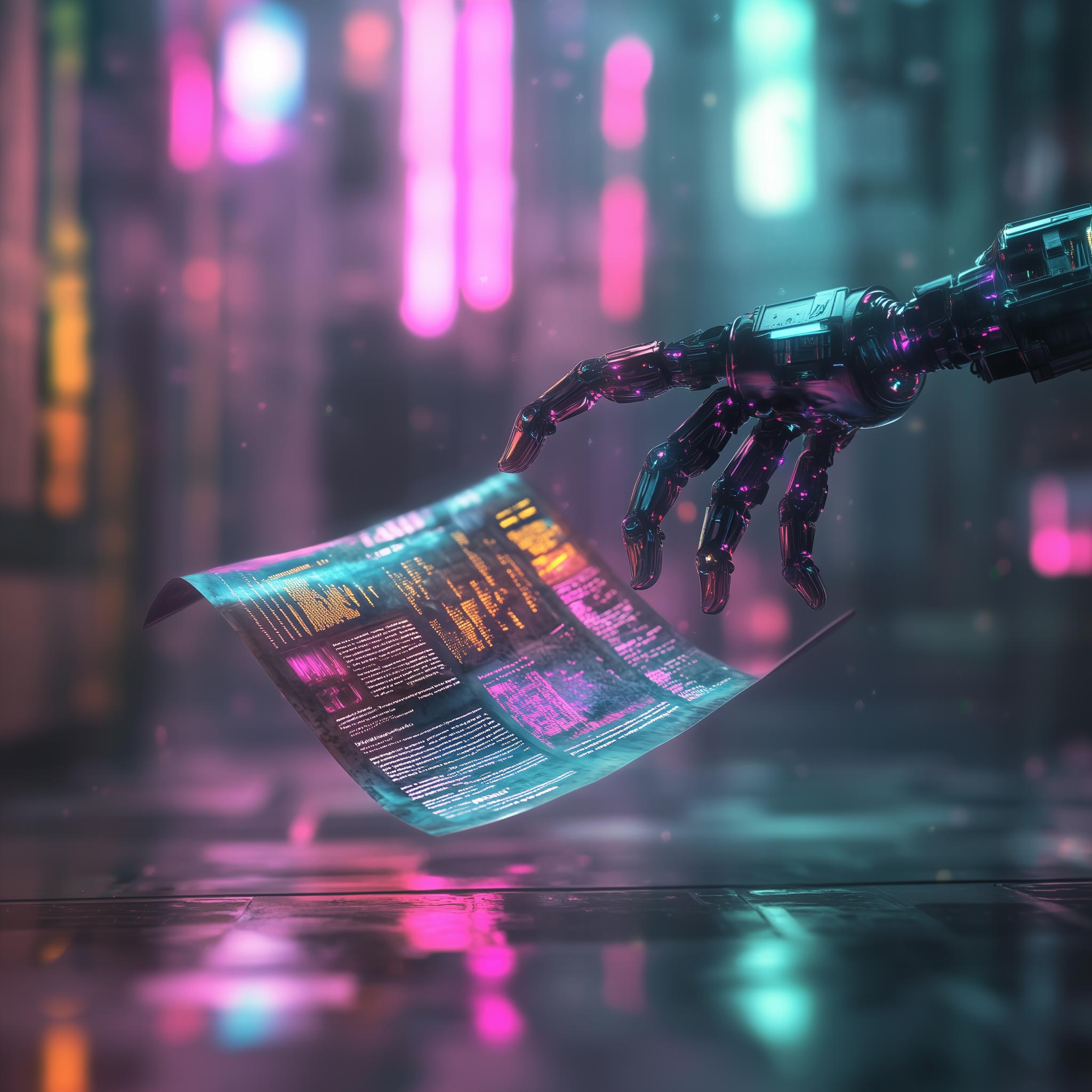Forget smarter. Think sharper. Welcome to the reasoning revolution.
It’s late 2025, and the AI arms race has taken a dramatic turn. We’ve moved past the point-scoring playground of benchmark leaderboards (MMLU, we barely knew ye). The world’s biggest AI labs aren’t trying to ace tests anymore. They’re building autonomous agents, AI interns, ambient assistants, and maybe, just maybe, one full-blown AGI overlord.
So what exactly changed? Well, when everyone started scoring 90+ on standard metrics, the game changed. In this new phase, it’s not about who’s smartest. It’s about who’s most useful, most integrated, and frankly, most audacious.
Let’s break down where OpenAI, Google, and Elon’s xAI stand, and where they’re sprinting next.
The End of Benchmarks and the Rise of Reason
The AI world has officially outgrown its obsession with benchmarks. MMLU scores? Old news. When every model’s acing standard tests, the game isn’t about being smartest, it’s about being most useful. And that means moving beyond shallow performance metrics to something far more interesting: reasoned intelligence.
The brightest minds in AI are now chasing three transformative capabilities:
- Agency – AI that doesn’t just respond but takes action. Imagine a digital PA that drafts your report, books the meetings, and double-checks the numbers while you’re still sipping your flat white.
- Modality – One-trick bots are out. The future belongs to models fluent across text, voice, video, spatial data, and whatever else you throw at them. Multimodal fluency is the new literacy.
- Utility – Models that quietly embed into our daily workflows. Not flashy, just dependable, like the colleague who always knows where the right file is (and doesn’t steal your lunch).
What’s enabling this leap forward? A fresh twist on a very old idea: dual-process thinking. Inspired by psychology, today’s frontier models borrow from our own brains, fast, gut-level responses handled by a “System 1” engine, with deeper, slower reasoning managed by a deliberate “System 2.” Think of it as AI that can shoot from the hip and step back to strategise.
This isn’t just a hardware upgrade, it’s a whole new philosophy of intelligence. One that doesn’t just answer questions, but solves problems. And as we’ll see, each major lab is betting on their own flavour of this idea.
The Big Three: Who’s Building What (and Why It Matters)
🧠 OpenAI: The Thoughtful Titan
🧩 Microsoft’s role: The quiet force behind the curtain. While OpenAI gets the limelight, Microsoft provides the muscle—and more. Through Azure, it powers the infrastructure that runs GPT-5 and the upcoming GPT-6. It’s embedding these models into Word, Excel, and Outlook via Copilot, turning GPTs into everyday productivity tools. But Microsoft isn’t just a hosting partner anymore. It’s also developing its own small language models and applying frontier-scale models across its stack. In short, Microsoft is not just behind the curtain—it’s directing part of the play.
- Flagship: GPT-5 is already routing queries through a “thinking mode” when the task demands brainpower. GPT-6? That’s the AI intern, ready to handle your calendar, summarise your inbox, and draft your strategy deck before you’ve even had your morning coffee. With enhanced memory, context awareness, and autonomous reasoning, it’s like onboarding a whip-smart junior exec who doesn’t ask for coffee breaks or a pension.
- Key Pillars:
- Persistent memory & personalisation
- Autonomous agent execution
- One unified contextual layer across apps
- Strategy: Take time. Build safe, scalable agents that can do real work, and not go off the rails.
- Release Timeline: GPT-6 in public hands by early to mid 2026.
🧮 Google: The Ambient Overachiever
- Flagship: Gemini 3.0, rolling out stealthily, with live video, 3D object recognition and location awareness. Behind the scenes, it’s being quietly deployed to select Gemini Advanced users in what Google calls a ‘stealth launch’, giving them the chance to test its multimodal muscle before the big public reveal. What makes Gemini 3.0 truly ambitious is its push beyond static input. It’s reportedly capable of analysing streaming video at up to 60 FPS, interpreting 3D spatial relationships in real time, and even parsing geospatial data—a nod to Google’s deeper ambitions in AR, autonomous systems, and real-world navigation. Where OpenAI aims to rule the digital desk, Google’s playing the long game with physical-world integration at scale.
- Key Focus:
- Embed AI in everything: Gmail, Docs, Android, Maps
- Ambient agents that assist without needing to chat
- Strategy: Don’t make users switch tools. Make the tools smarter.
- Release: Before the end of 2025, beating OpenAI to the next big launch.
🚀 xAI: The Maverick With Muscle
- Flagship: Grok 5, boasting AGI aspirations and a supercomputer (Colossus 2) the size of a small city. Grok 5 represents xAI’s most aggressive push yet toward artificial general intelligence, not just in capability, but in character. It’s built to be fast, bold, and occasionally cheeky—intentionally designed to break away from the safety-first, buttoned-up tone of its competitors. Elon Musk has claimed Grok 5 has a ‘10% chance of hitting AGI,’ a claim more philosophical than empirical, but one that captures the raw ambition powering xAI. Colossus 2, the infrastructure behind it, is a gigawatt-scale compute cluster designed to feed Grok’s rapid-fire development cycles, enabling a new model release every 5–6 months. Whether that leads to breakthroughs or burnout remains to be seen, but one thing’s certain: Grok isn’t here to play it safe.
- Key Differentiators:
- Multi-agent collaboration
- Real-time access to X (Twitter) data
- Video/audio generation in a single step
- Strategy: Move fast, compute everything, win by sheer scale (and sarcasm).
- Release: Late 2025. Again. Yes, that soon.
What’s Driving All This?
Three unavoidable trends:
- Data Drought: High-quality training data is drying up. Synthetic data (generated by AI) is the new lifeblood. With the internet’s supply of fresh, high-quality, human-created data nearly tapped out, AI labs are turning to synthetic data—machine-generated examples that mimic real-world language, images, and interactions. These datasets are produced by other AI models, then used to train or fine-tune the next generation. While synthetic data solves the supply issue, it introduces new risks: models learning from their own outputs can result in degraded quality over time, a problem researchers call ‘model collapse.’ Still, with careful filtering and validation, synthetic data is fast becoming the essential ingredient for scaling smarter systems.
- Architecture Shift: We’re leaving “chatbots” behind. Agents that can reason and act are the future.
- Hardware Rocket Fuel: NVIDIA’s Blackwell (GB200) chips make it all possible, faster training, smarter models, leaner inference.
These aren’t tech upgrades. They’re survival tactics in a game where stagnation equals irrelevance.
So, Who’s Winning?
That’s like asking who’s the best superhero. Depends on the mission.
| Use Case | Your Best Bet |
|---|---|
| Regulated enterprise | OpenAI (Predictable + Compliant) |
| Creative/startup chaos | xAI (Fast + Fun) |
| Everyday tools & teams | Google (Embedded + Effortless) |
Each ecosystem is digging in deep:
- OpenAI = The digital workforce
- Google = The ambient nervous system
- xAI = The AGI moonshot (with memes)
Final Word: Pick Your Playground
2026 isn’t about AI that talks. It’s about AI that does. Agents, interns, co-pilots, assistants, whatever you call them, are landing soon in your inbox, browser, and business strategy.
The real question isn’t “which is smartest?” but: Which AI do you actually want to work with?



